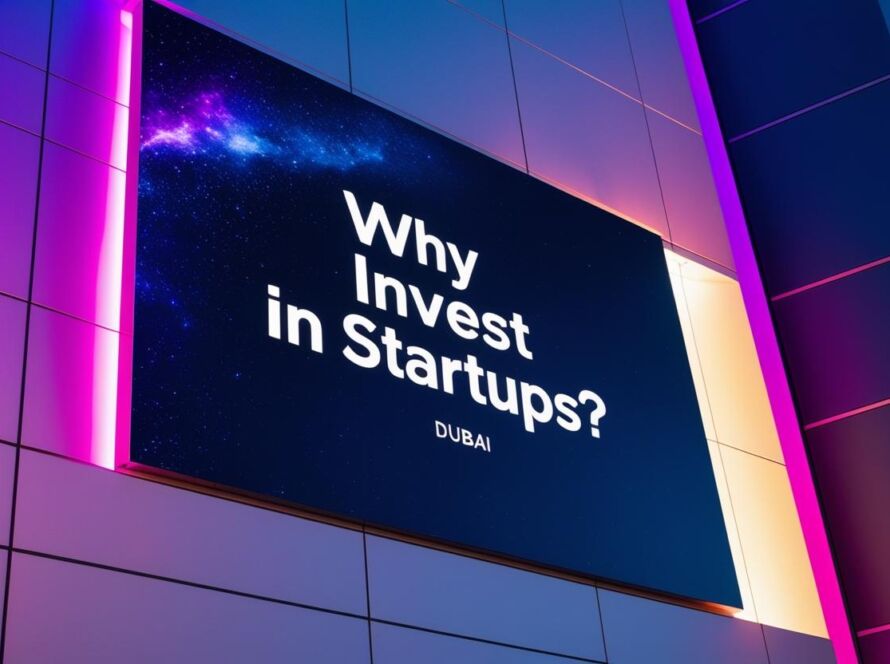IThere’s a lot of talk about million-dollar rounds, glamorous pitch decks, and venture capital. But the reality for many founders — especially in Latin America — is quite different.
The good news? It’s possible to grow without external funding. And even better: this can be a strategic advantage.
In this article, you’ll discover the hacks, mindsets, and practical moves used by founders who scaled their startups with zero budget — and billion-dollar results.
💡 1. Their First Investment Was Time (Not Money)
Founders who build from scratch don’t wait for investment — they invest themselves.
Hours of execution, sleepless nights, weekends filled with study and applied learning.
“Those with more time than money must turn time into traction.” — Alex Hormozi
💡 Practical Hack: Block out weekly “deep creative time” where you don’t react to anything (messages, tasks, emails) — just build, learn, and test.
🧲 2. They Used Audience as Their Initial Currency
If you don’t have capital, you need attention. And attention is earned through:
- Valuable content (without expecting anything in return)
- Building in public (showing behind-the-scenes)
- Community engagement (groups, niches, forums)
Before they sold, they earned trust. Before they scaled, they sparked conversations.
“Build in public is the new pitch deck.” — Sahil Lavingia (Gumroad)
💡 Practical Hack: Document your journey on Twitter, LinkedIn, or Instagram with 3 posts per week. Focus on what you’re learning, building, failing, and fixing.
🧠 3. They Solved Problems Before Creating Products
A common mistake when starting from scratch is trying to build something amazing right away.
Founders who scale without funding start by solving real problems manually.
Often, they:
- Sell before they build
- Do consulting before SaaS
- Offer services before automating
This generates:
- Proximity to customers
- Real validation
- Revenue from the start
💡 Practical Hack: Before investing in a platform, sell the solution through a form + WhatsApp. Create a handcrafted beta version.
⚙️ 4. They Automated the Basics with Free Tools
Bootstrapped founders are masters of light automation.
- Use Notion as a CRM
- Connect Typeform to Google Sheets via Zapier
- Build landing pages with free tools
- Run email marketing on freemium platforms
- Schedule with shared calendars
“You don’t need a robust stack. You need a smart stack.” — Nathan Barry (ConvertKit)
💡 Practical Hack: Choose 3 repetitive tasks and create simple flows using Make, N8N, or Zapier.
📈 5. They Grew with Customers — Not Hype
Startups without funding need to learn from every customer.
They’re not after a “big launch,” but real, iterative, consistent growth.
- Weekly feedback calls
- Real-time usage tracking
- Roadmaps shaped by qualitative data
- Low or zero CAC (customer acquisition cost) at the start
💡 Practical Hack: After every sale, send a form with 3 key questions:
- What made you buy?
- What did you expect but didn’t get?
- Would you recommend it to someone? Why?
🏗️ 6. They Reinvested Every Real into Growth Levers
Founders scaling with low budgets know: the first money that comes in is for multiplying — not spending.
They reinvest in:
- Branding and communication
- Tools that save time
- Qualified traffic
- Delegating non-essential tasks
- Minimum sellable products
“Growing bootstrapped is like playing chess with your cash. But once you master the game, no one can stop you.” — Rand Fishkin
💡 Practical Hack: For every R$1 you earn, allocate:
- R$0.50 to revenue-generating assets
- R$0.30 to structure/support
- R$0.20 to a strategic reserve
✨ Conclusion: Growing Without Funding Isn’t a Limitation — It’s a Strategic Superpower
When you grow without outside investment, you develop:
- Execution maturity
- Financial intelligence
- A culture of responsibility
- Capacity to scale with control
- Strategic independence
You build more than a startup — you build a solid foundation.
Because in the end, the game isn’t about how much you raised.
It’s about how much you grew with what you had.


